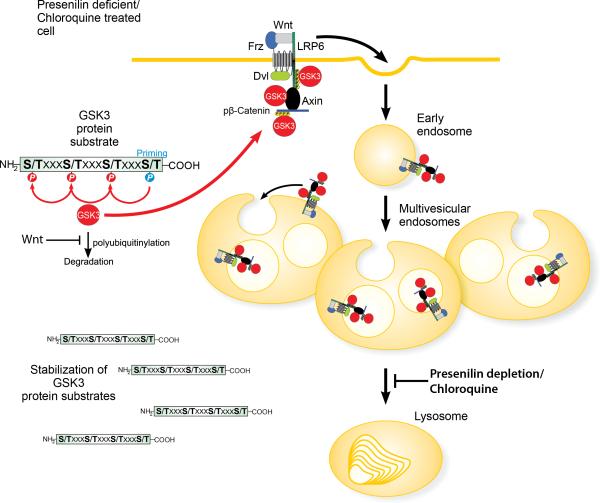Figure 7. Model of how Chloroquine or Presenilin depletion affects Wnt signaling by expanding the late endosomal compartment.
Lysosomal inhibition by Chloroquine or depletion of Presenilin leads to an accumulation of late endosomal vesicles which, upon Wnt signaling, cause increased sequestration of GSK3 in multivesicular endosomes. Lower levels of active GSK3 in the cytosol during Wnt signaling result in increased stabilization of the half-life of GSK3 protein substrates. Note that the activated Wnt receptor complex consists of multiple GSK3 substrates – such as LRP6, Frizzled (Fz), Dishevelled (Dvl), Axin, and phospho-β-Catenin – leading to sequestration of active GSK3 enzyme molecules bound to its substrates.

